
Like in all cultures, there are some customs, rules, lifestyles, styles of music, and some slang.
Regardless of where a surfer is from, they all have something in common: they all want to feel that sensation again (stoke) of gliding on a wave that connects them with nature as few sports can. That desire to find good waves and live their lives in connection with the sea. Despite the growth of surfing, its massive industry and constant boom, there is a mystical spirit inherent in every surfer that is a part of who he or she is.
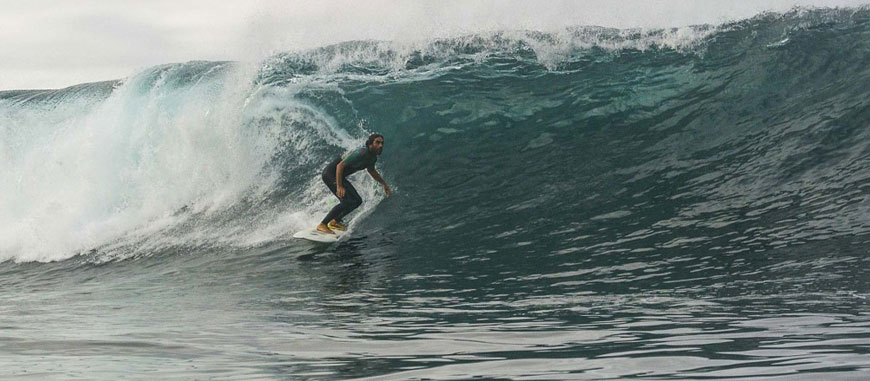
In the case of surfer culture, it has evolved over time, having a big influence on fashion, music, and slang, among other things.
Anyone who enters this culture should know that there is a terminology that defines every part or facet of the surfing world.
That’s why we’re going to go over some of the most common terms used by the surfing community which you will probably read or hear at some point.
- Swell: Surf or surge. This term is closely related to predication of waves. It is caused by atmospheric disturbances like storms, wind, etc. Because of this, waves form several miles out, breaking when they run into the coast.
- Spot: Place where surfers gather to surf.
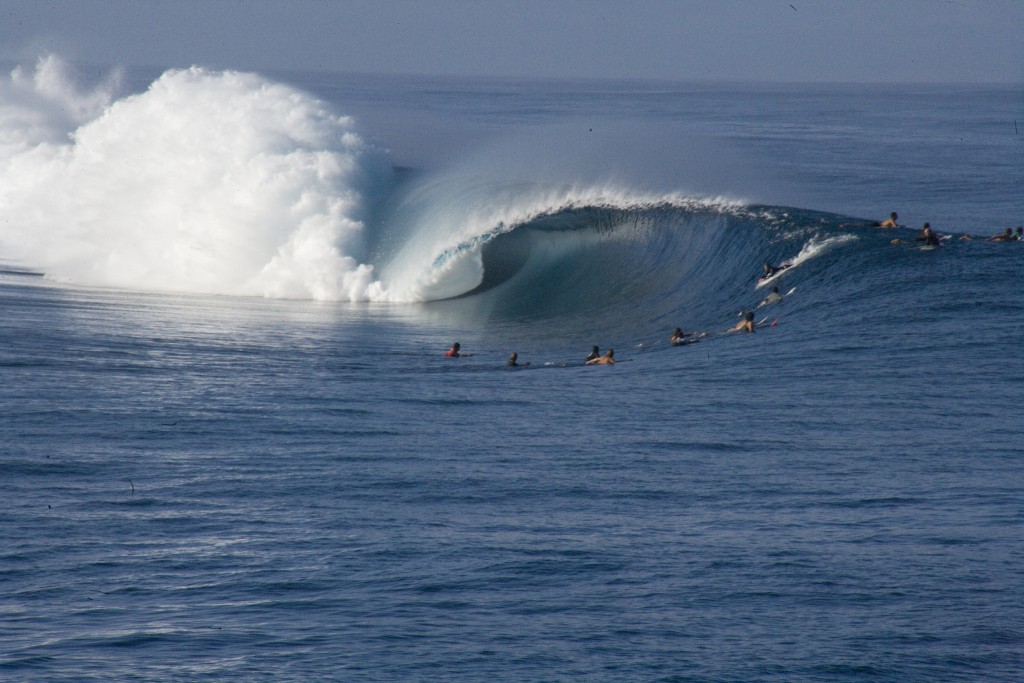
- Crowd: The group of people that accumulates around the different peaks in a spot.
– Types of breaks:
- Point Break: A wave that breaks over a floor of rocks or stones.
- Reef Break: A wave whose bottom is made of coral and reef substances. They tend to be very clean waves and fairly powerful. Pipeline, Uluwatu and Teahupo’o are waves with this type of floor.
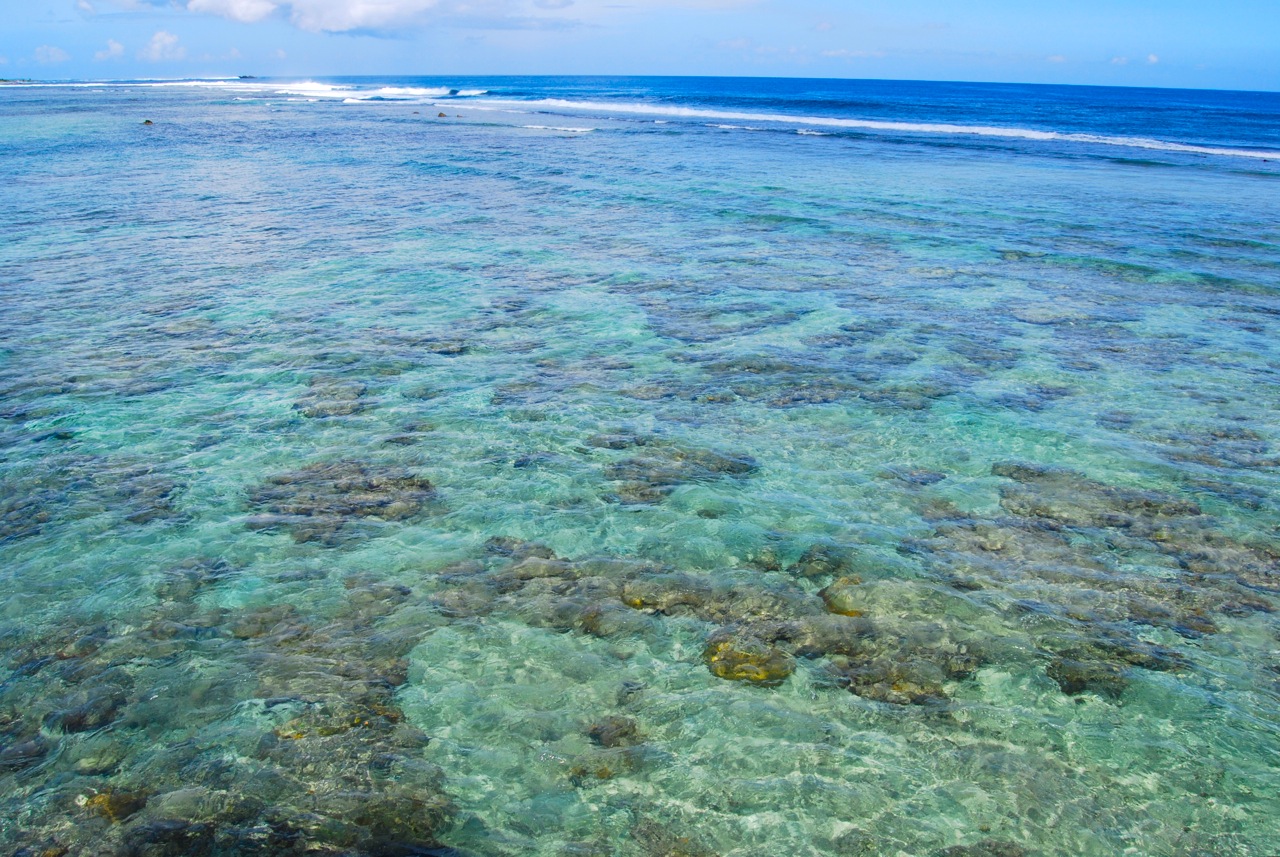
- Beach Break: A wave that breaks on the different sand banks that make up the floor of the beach. Due to the movement of sand banks because of ocean currents, wave peaks are not always found in the same place. Ideal for beginners.
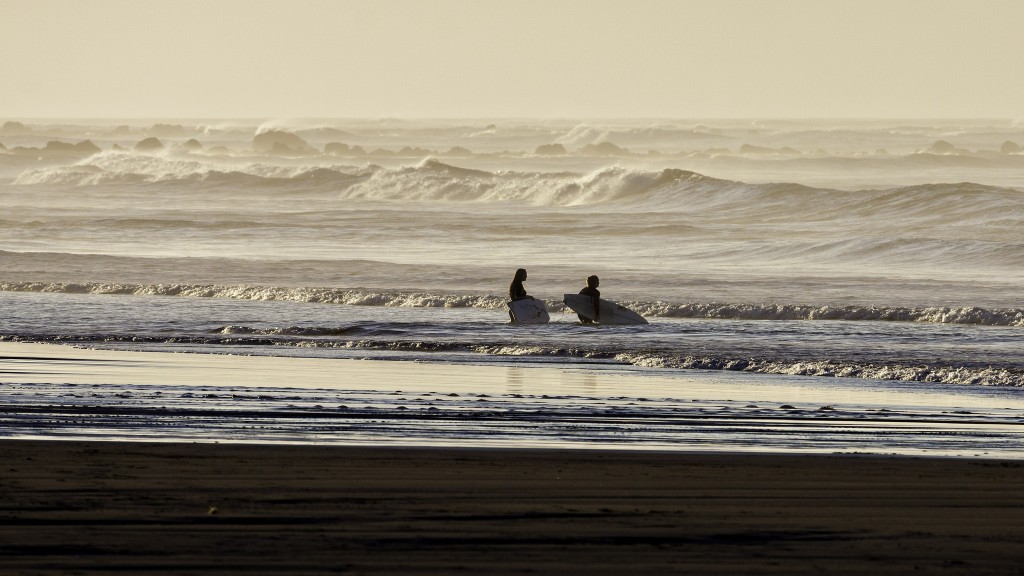
– Surfers’ stance:
When we talk about “stance”, we are referring to the way in which someone stands on the board and the position of their feet. In general, it’s the same for different modalities, whether surfing, windsurf, kitesurf, or any other board sport.
- Goofy stance: Surfer who stands with the right foot forward.
- Regular stance: Surfers who stand with their left foot forward. This is the most common.
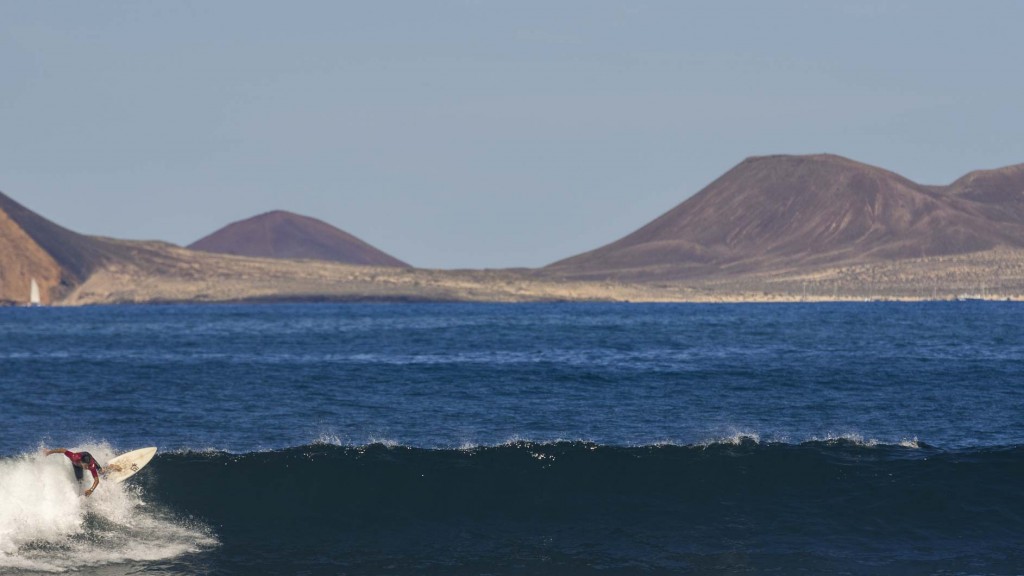
- Backside: When you have your back to the wall of the wave while surfing.
- Frontside: When you surf facing the wall of the wave.
- Surfing lesson Famara
– Regarding the wave:
- Peak: Place where the wave starts to break. This is where surfers tend to wait to “catch” a wave, especially the more experienced ones.
- Lip: The crest or top of the wave. The highest part.
– Regarding the wind:
- Off-shore: When the wind blows from land towards the sea. This type of wind raises the crest of the wave and promotes formation of highly valued tubes.
- On-shore: Sea wind. This type of wind smashes the lip of the wave, lowering its quality.
- Glassy: When there is no wind to distort the surface of the water. This is the perfect moment to practice surfing.
- Choppy: Rough seas with wind.
– Selected maneuvers:
- Take off: Standing up once you have paddled the wave.
- Drop: Going down a wave once you have stood up.
- Bottom-turn: Turn that is done at the base of the wave to climb it again, after doing a drop.
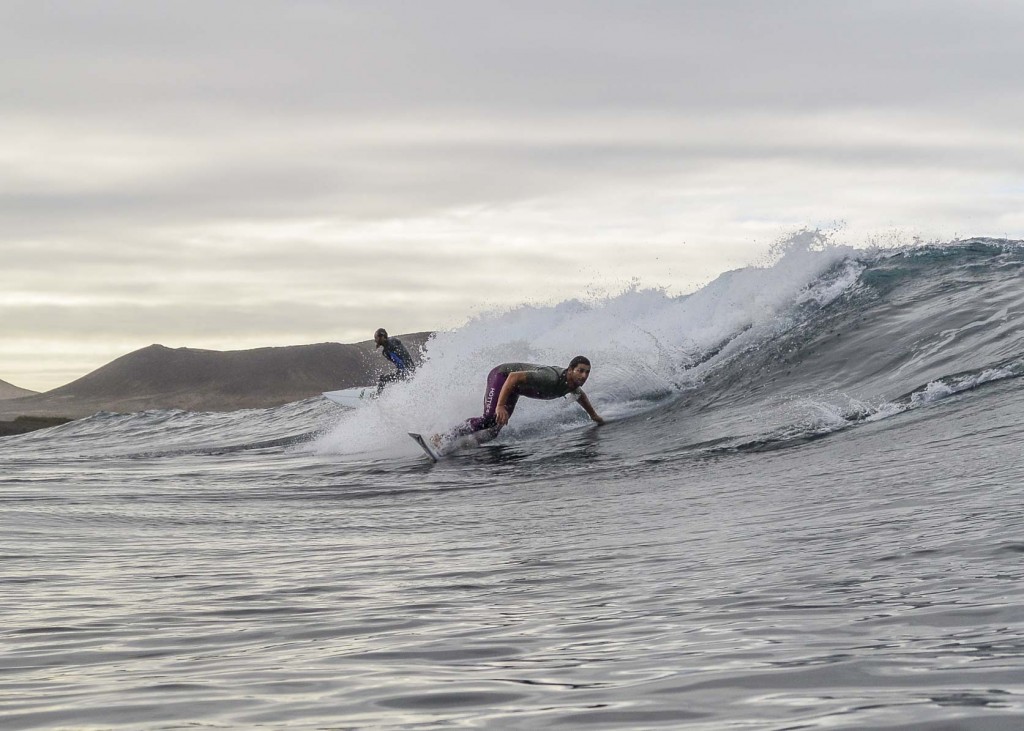
- Cutback: A path made to go back to the strongest point of the wave when it has no wall.
- Snap: Skidding halfway along the wall giving a strong kick with your back foot and then shifting weight to the front foot.
- Floater: This maneuver lets you pass over the lip of a section of wave, landing on the next wall.
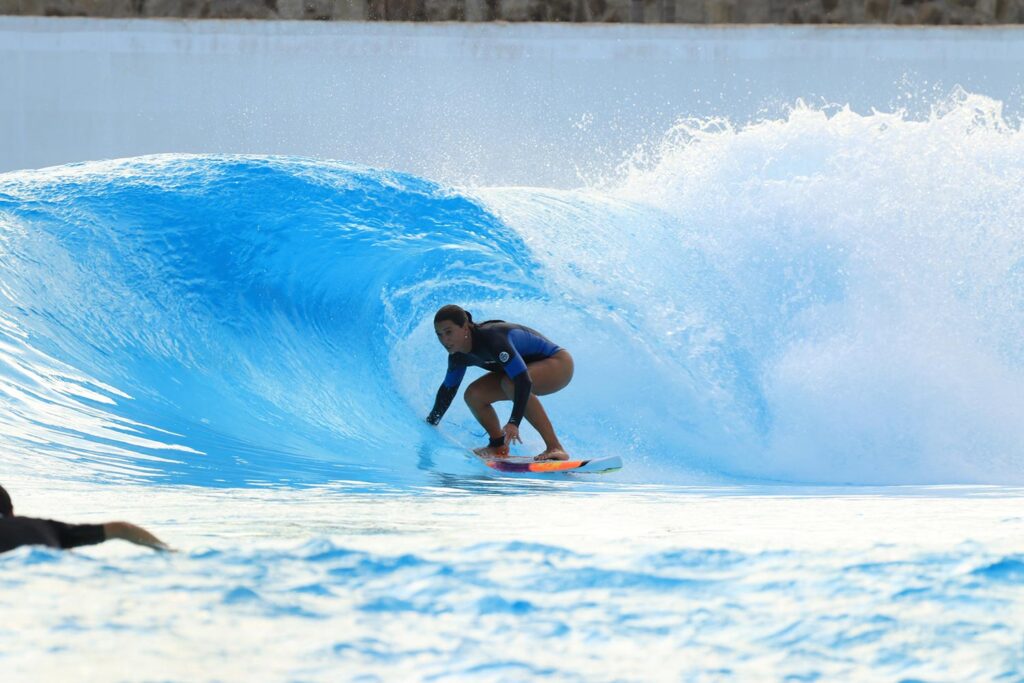


Leave a comment
Your e-mail address will not be published. Required fields are marked with *.